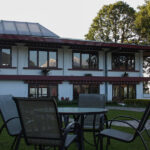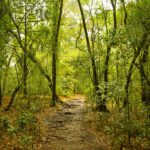A magical waterfall straight out of Kipling’s pages – that’s how my friend Brad described Krangshuri falls. His words were enough to transport us to that dreamy landscape. And his words inspired a lot of imagery in my mind. One thing about Meghalaya is that there is never an overdo of waterfalls. After all, you are here to chase the clouds that descend as falls on the earth. And so it was decided, I took a shared cab from Bara Bazaar to the town of Jowai, and from there to Krangshuri in one direction and then Nartiang in the other.
The almost 60-km drive to Jowai from Shillong via the NH6 and NH206 is a riveting one – highways looping around the gentle hills, punctuated by hamlets and small towns, and small coops dishing Khasi cuisines. Jowai is the capital of the Jaintia hills, the second of the hill ranges that make Meghalaya (the other two being Khasi and Garo hills). Jowai town is a cultural and commercial pivot of the eastern part of Meghalaya and its history goes back to the times when the Pnar kings were the dominant force in the region.
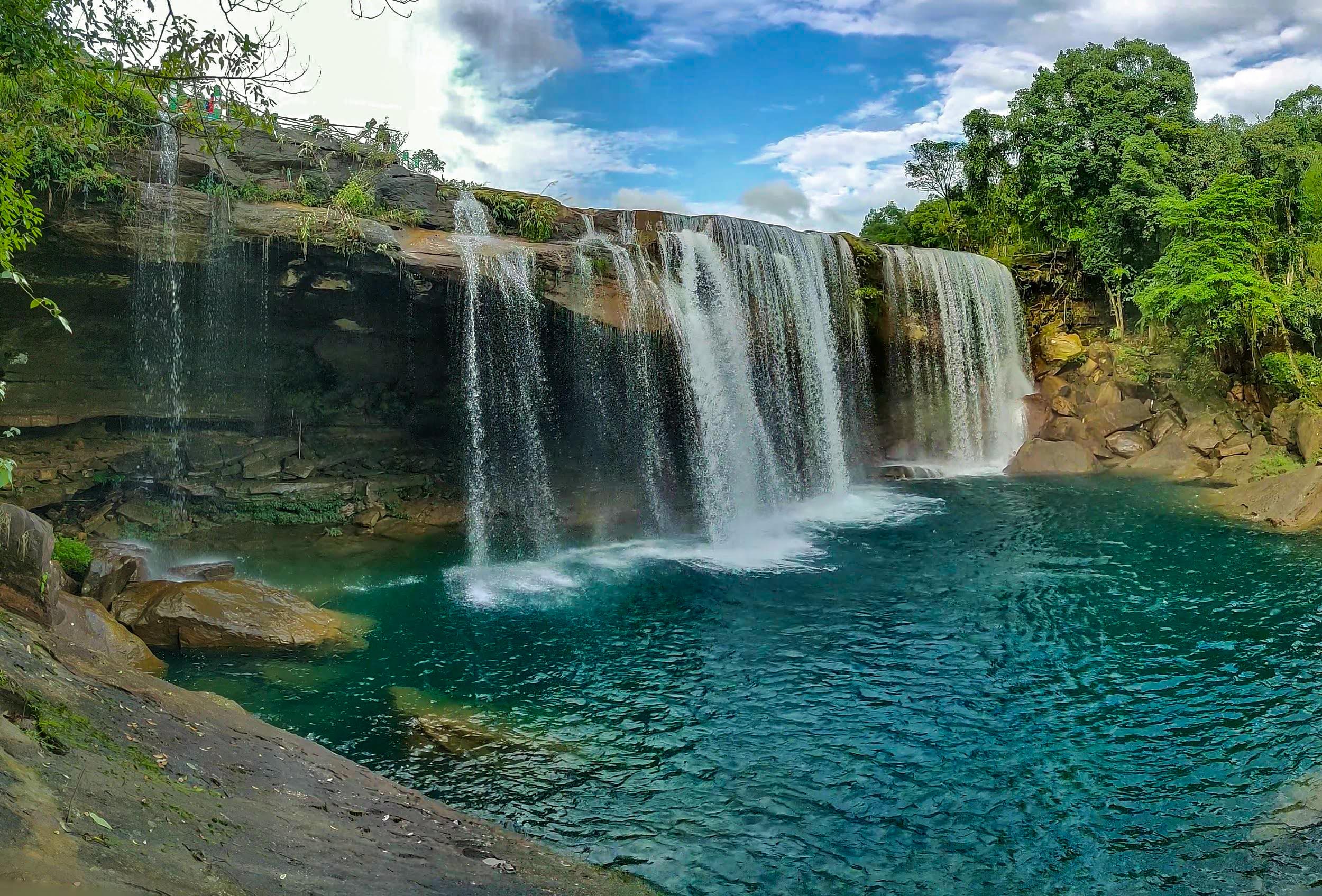
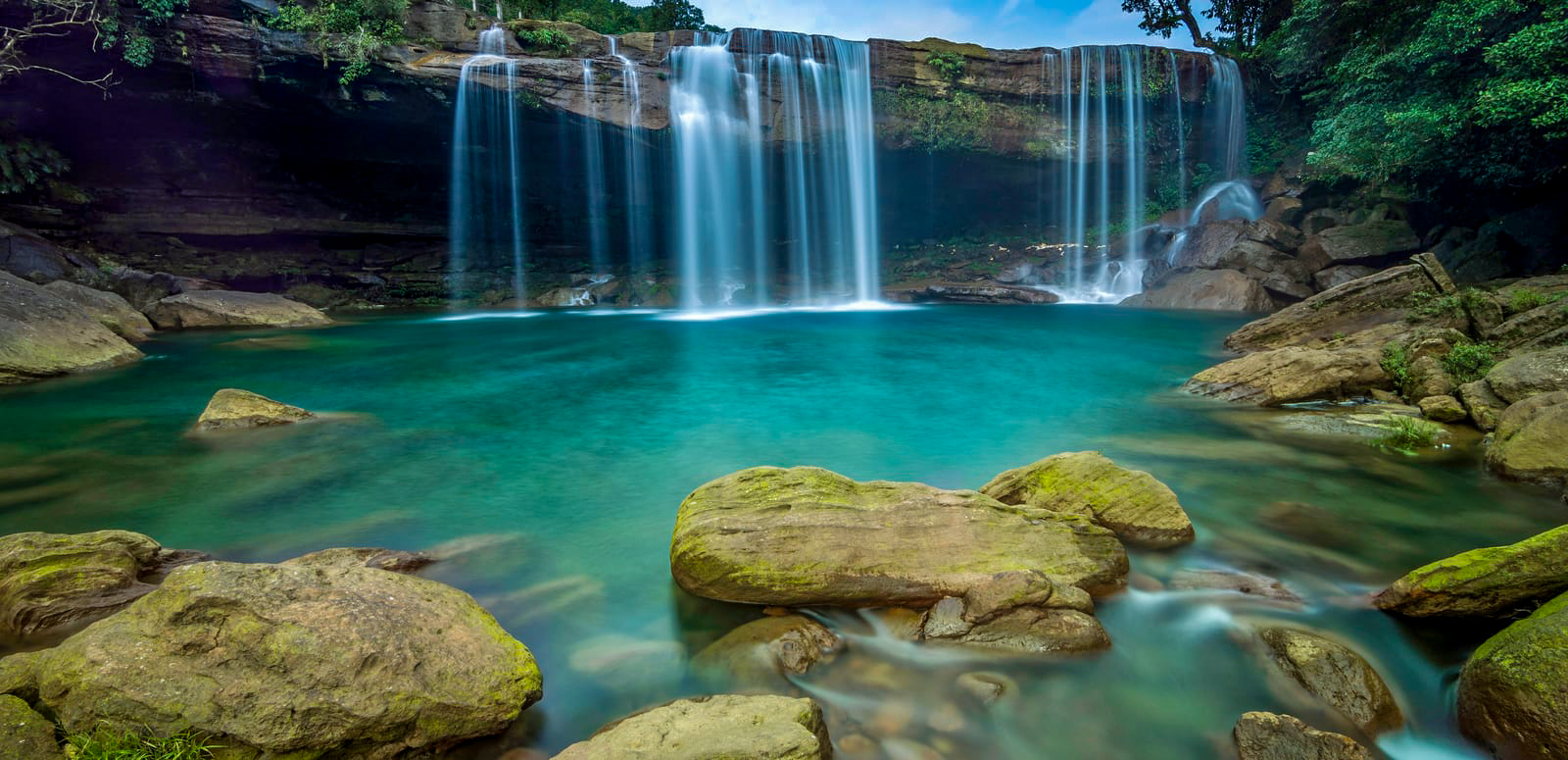
It took about two hours to reach Jowai passing through the famed Sung valley with a panoramic view of the rolling green hills and the expansive green paddy that lies neatly tug at the feet of the mountains like a carpet. But as if destiny had something else written for me the town was closed as it was the results day of local elections. There was a spectacle of rapture on the street among the supporters of the local party that had won the elections. I skirted into a small inn to eat something and gain more information to help me plan my day.
As I learned there was a possibility of hiring a private cab to the two places. The Krangshuri waterfall was a half an hour drive from Jowai. From afar, the waterfalls give you an oft-decored image of fantasy land. Different from the cliff-hugging plunge falls of the Southern Meghalaya, the Krangshuri waterfall features a different aesthetic. A placid river suddenly drops, creating a curtain of flowing water that falls over a cave. Blue, clear waters of the fall located in the middle of thickly forested lands are a soothing aesthetic. The walk to the falls is also a pleasant descent. The gorgeous blue of the water gets clearer and deeper as you descend towards it. One can also take a dip in the pool after renting life jackets available in the area.
The monoliths of Nartiang
Taken by my concern about finding a cab back to Shillong I rushed and did not spend enough time even when I wanted. We drove towards the second destination of the day – the monoliths of Nartiang, which an anthropologist had asked me to keep on my ‘to cover’ list. First, the drive towards the Nartiang village is stupendously gorgeous. On the way, we stop by a viewpoint overlooking the splendid Myntang river at Wahiajer Thwailaroit Fish Sanctuary. I was told that Jowai has a distinct royal history and Nartiang is one of the best places to see well-preserved remnants from this glorious chapter.
We soon reached the Nartiang village after a riveting ride of around 45 minutes. The village seems like any other until you reach the garden of monoliths, that holds many tales from the past. The garden of monoliths has a large collection of monoliths that were erected as monuments of the kings. Some of these stones were erected almost half a millennium ago. Nartiang used to be the summer capital of Jaintia Kings of the Sutnga state during the seventeenth century. The monoliths found here are believed to have been erected between 1500AD and 1835AD by the Jaintia Kings to commemorate legendary Kings and women, battle victories, and other glorious events in the Jaintia kingdom. The standing monoliths or menhirs are dedicated to the male ancestors while the flat ones, the dolmens, are dedicated to the women.
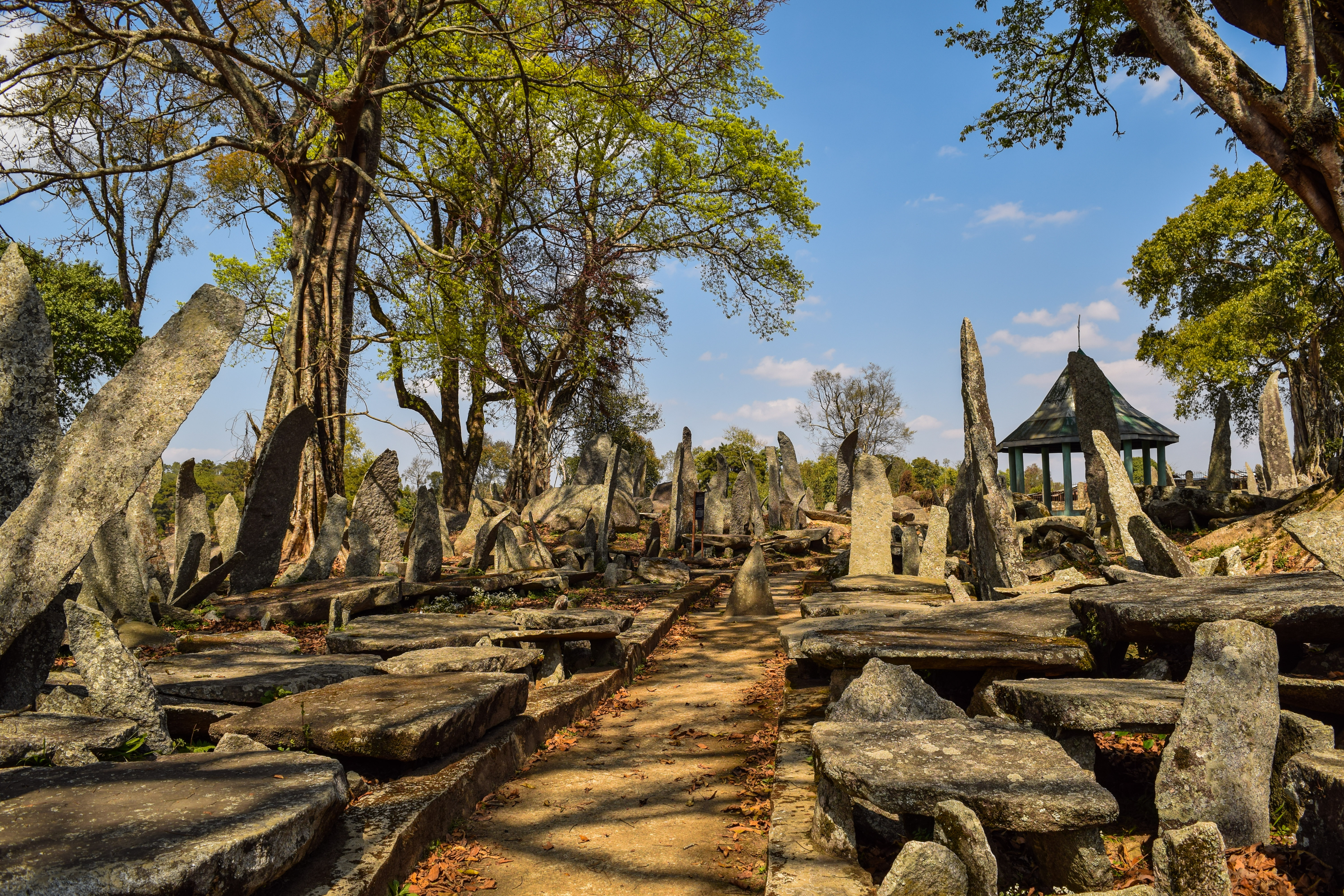
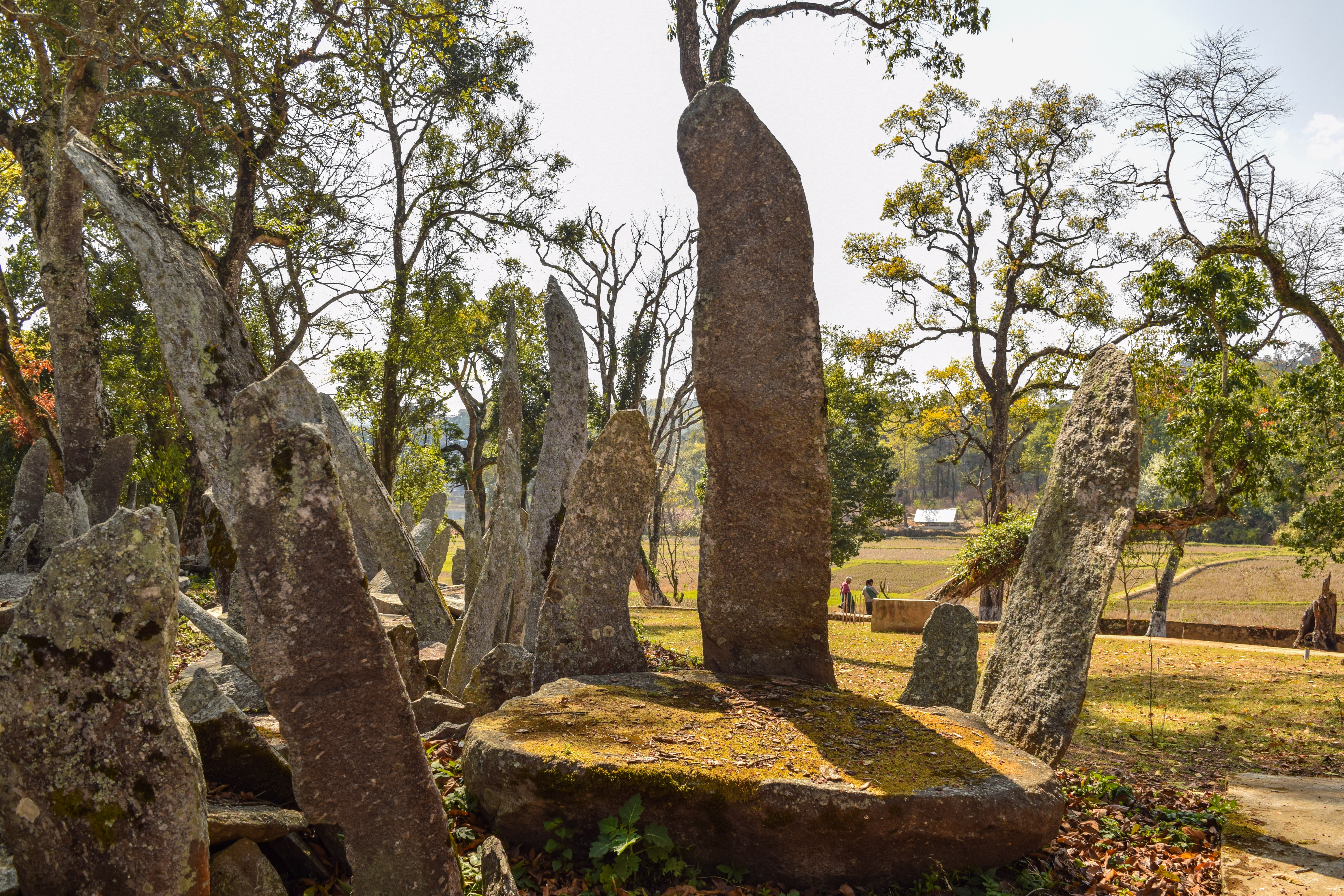
The tallest Mehnir in the cluster is around 8 meters high. Legend has it that Mar Phalangki, a lieutenant of the king, who was entrusted to erect this massive monolith failed several times, and it was only after a human sacrifice was offered that the monolith could be erected. Looking at the monoliths one can only imagine the sheer strength and ingenuity of the people involved in erecting these.
The sheer number and expanse of the monoliths in one area make this a captivating sight. You can also cross over to the other side to the garden area to capture some surreal scenes of the village life of Nartiang. Looking at the monoliths I could get the interest of my anthropologist friend. This megalithic culture of the Khasi-Jaintias bears affinities to those of the Nordic megalith architecture or the megaliths of Great Britain (the Stone Henge) among others. And apart from the history that’s encapsulated in these monoliths, the anthropological origins of the Khasi-Jaintia tribe would often spark a debate.
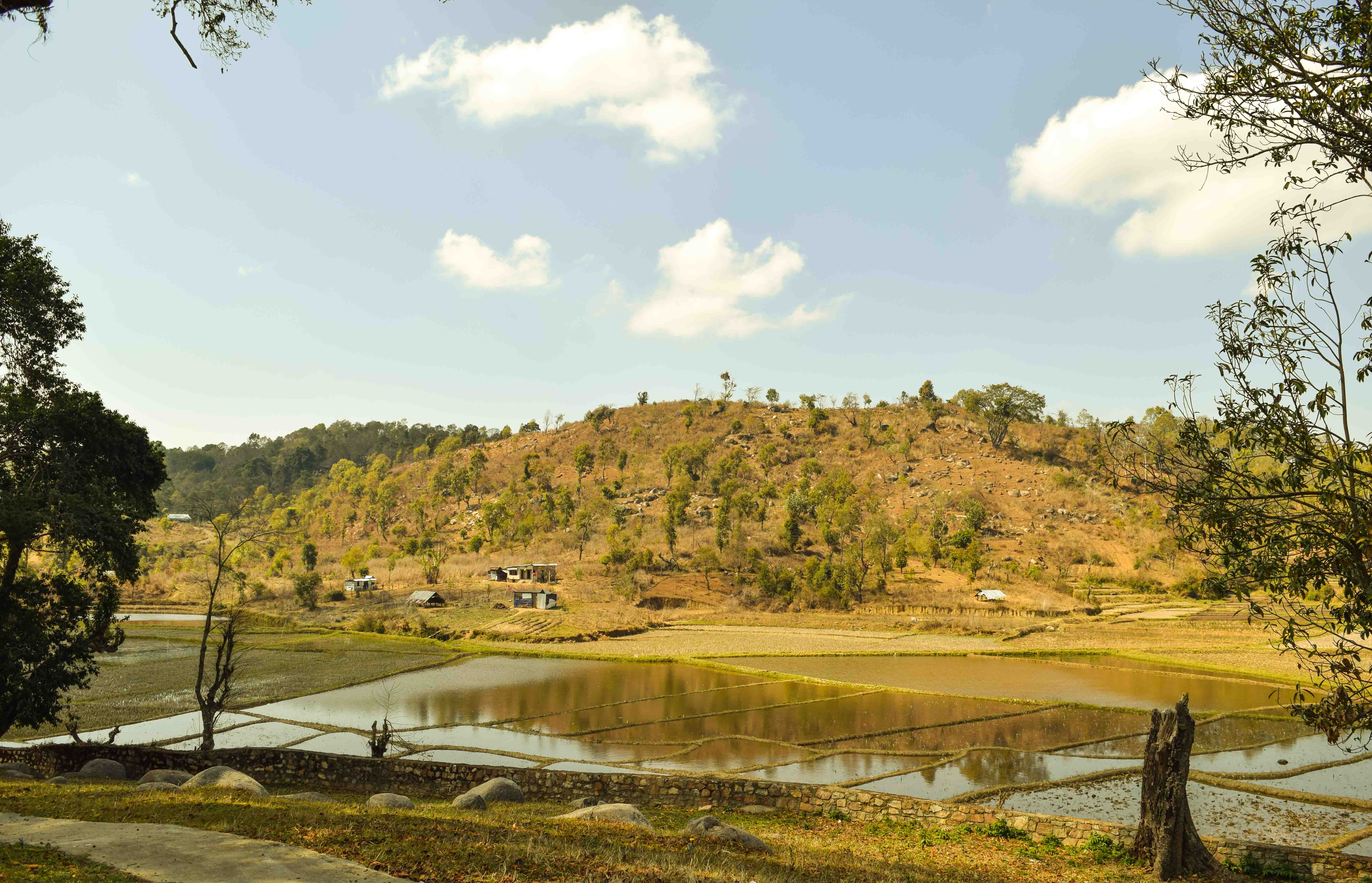
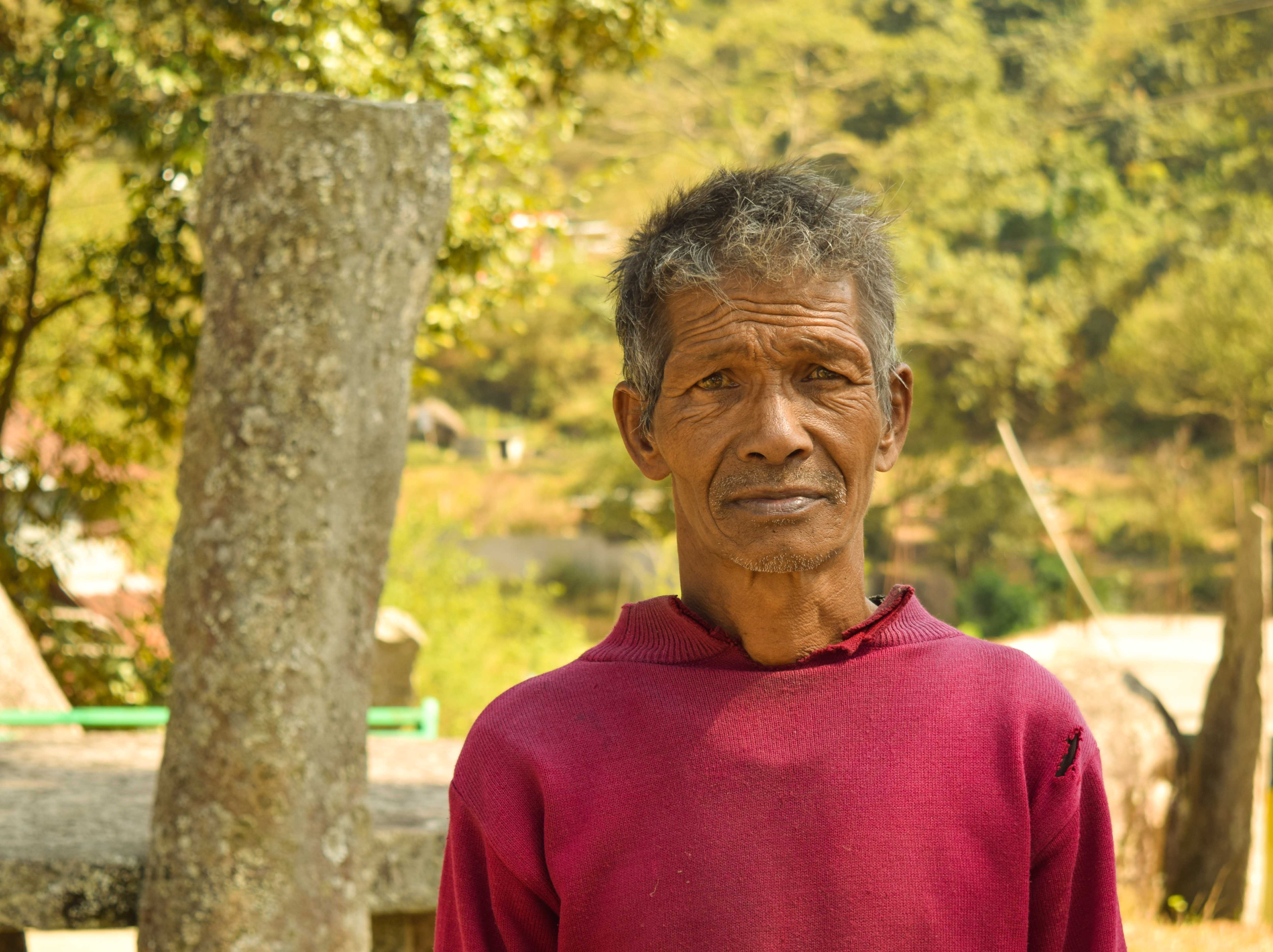
And while this treasure trove of history may take some time of yours, don’t forget to dig into the delicious Pnar cuisine in the local eateries. The Pnar cuisines are known for their unique rice and meat preparations.
The Durga temple and the tale of human sacrifices
Around three kilometers from the garden of monolith stands this Durga temple with over 500 years of history. The Nartiang Durga Temple was constructed by the Jaintia Kings on conversion to Hinduism. The tribes here consider this temple the permanent abode of Goddess Durga. And apart from the cultural history of the temple and also the fact that once human sacrifices were offered in the temple, the architecture of the temple will enthrall you.
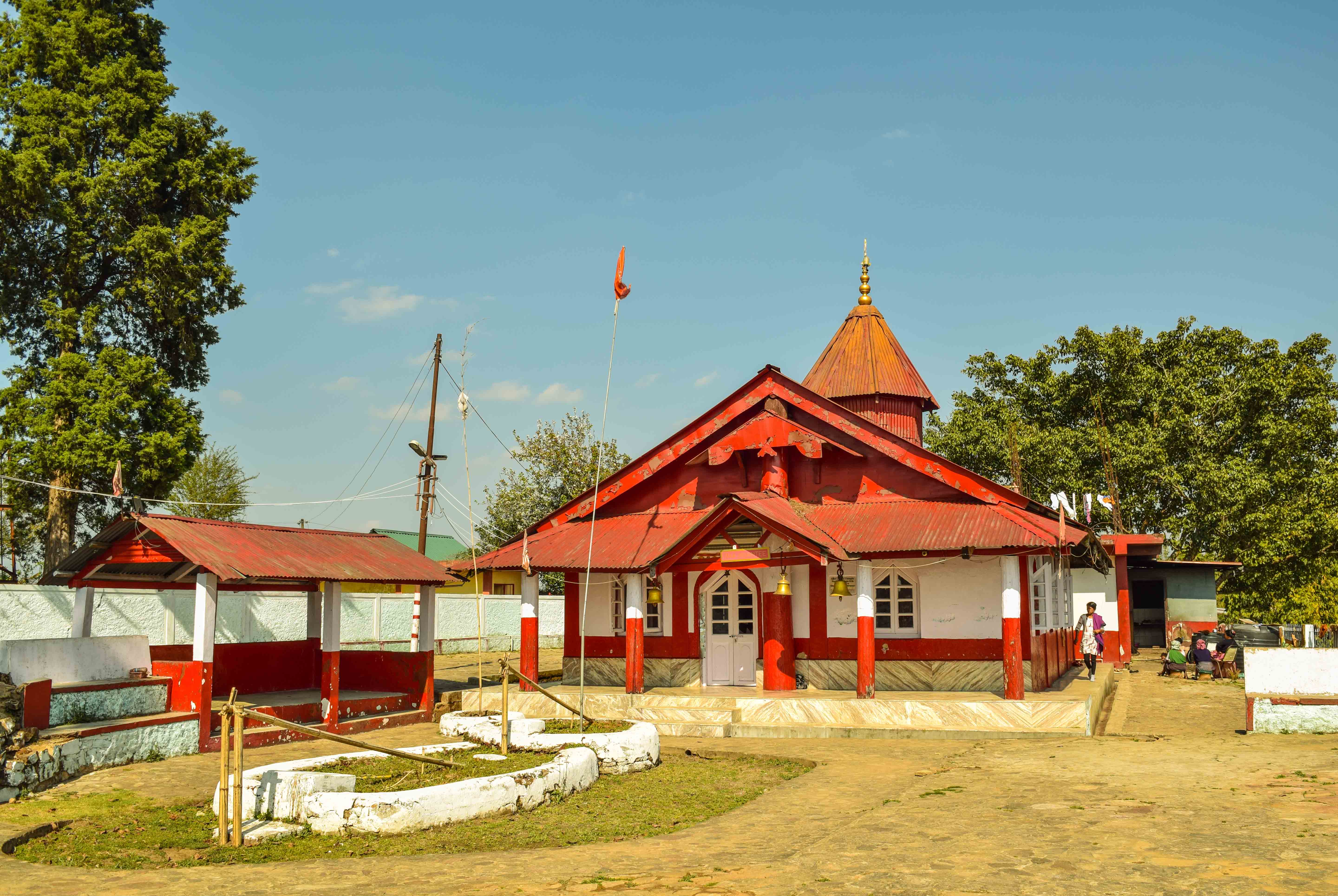
The temple is fashioned as a Khasi-Jaintia house having a central wooden pillar (God’s Pillar) and a slanting roof. The temple also houses the ‘Boli Garbha’ or the ritual sacrificial pier which as my cab driver told me is connected to the river by an underground tunnel. This was the spot where human sacrifices were performed to celebrate Ashtami nights during Dusshera. The sacrificial beheading would happen outside the main door of the temple, and the human head would tumble down the tunnel into the river. The practice was later banned by the British in the early 1900s.
Nowadays animal sacrifices are made to carry on the tradition. To continue with their beliefs, the believers have gone to the extent of placing a human mask on the goat’s face before sacrificing it. Like if Goddess existed she wouldn’t know the difference!
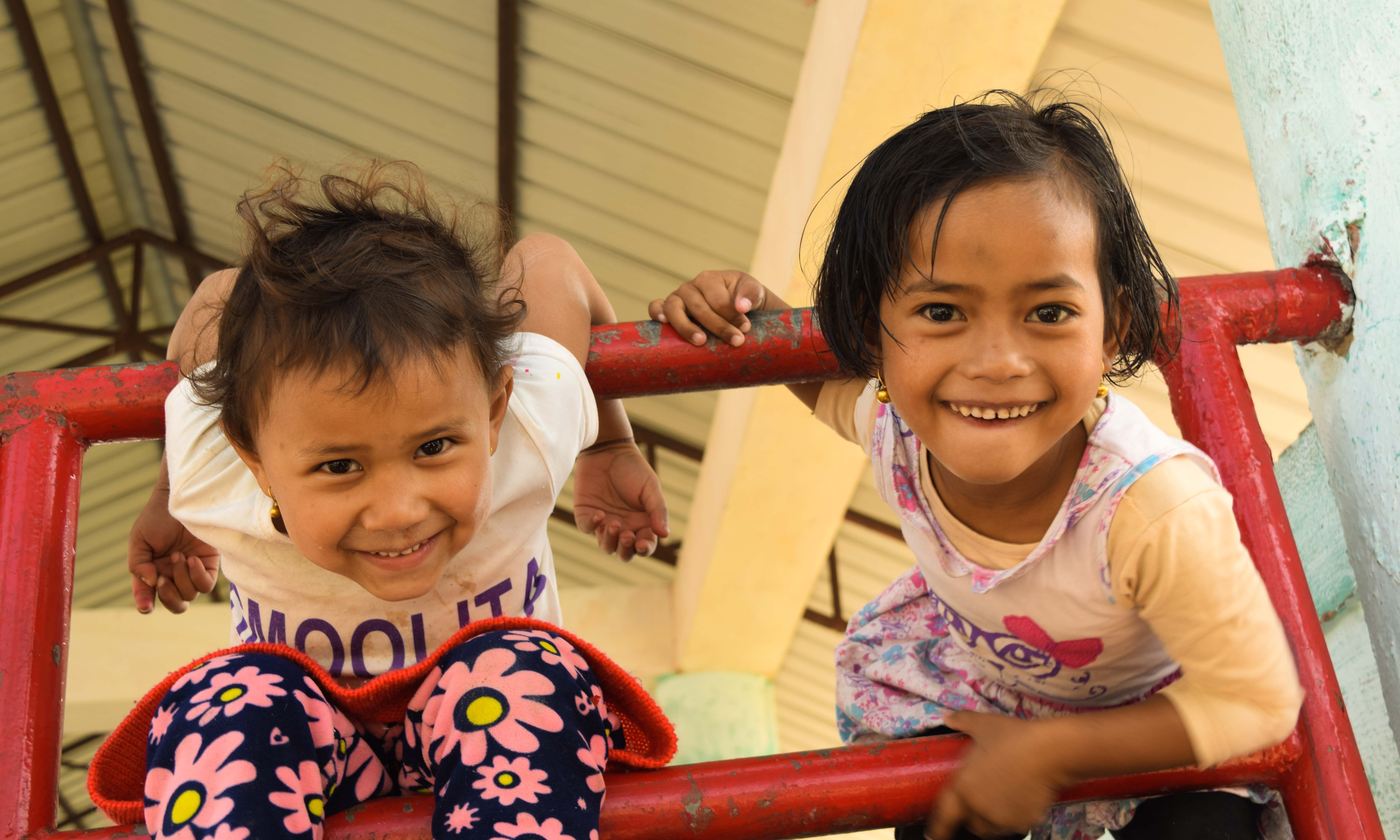
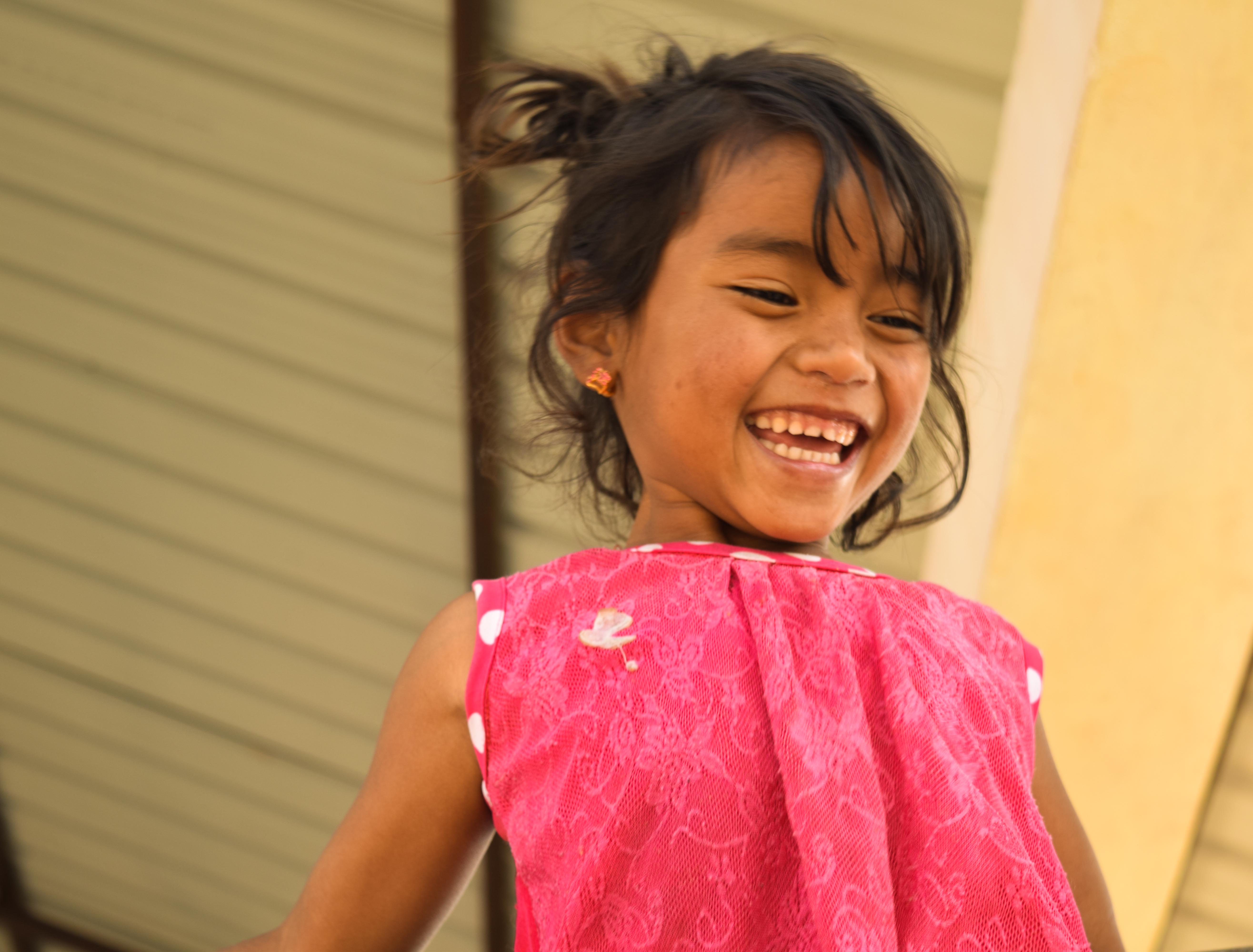
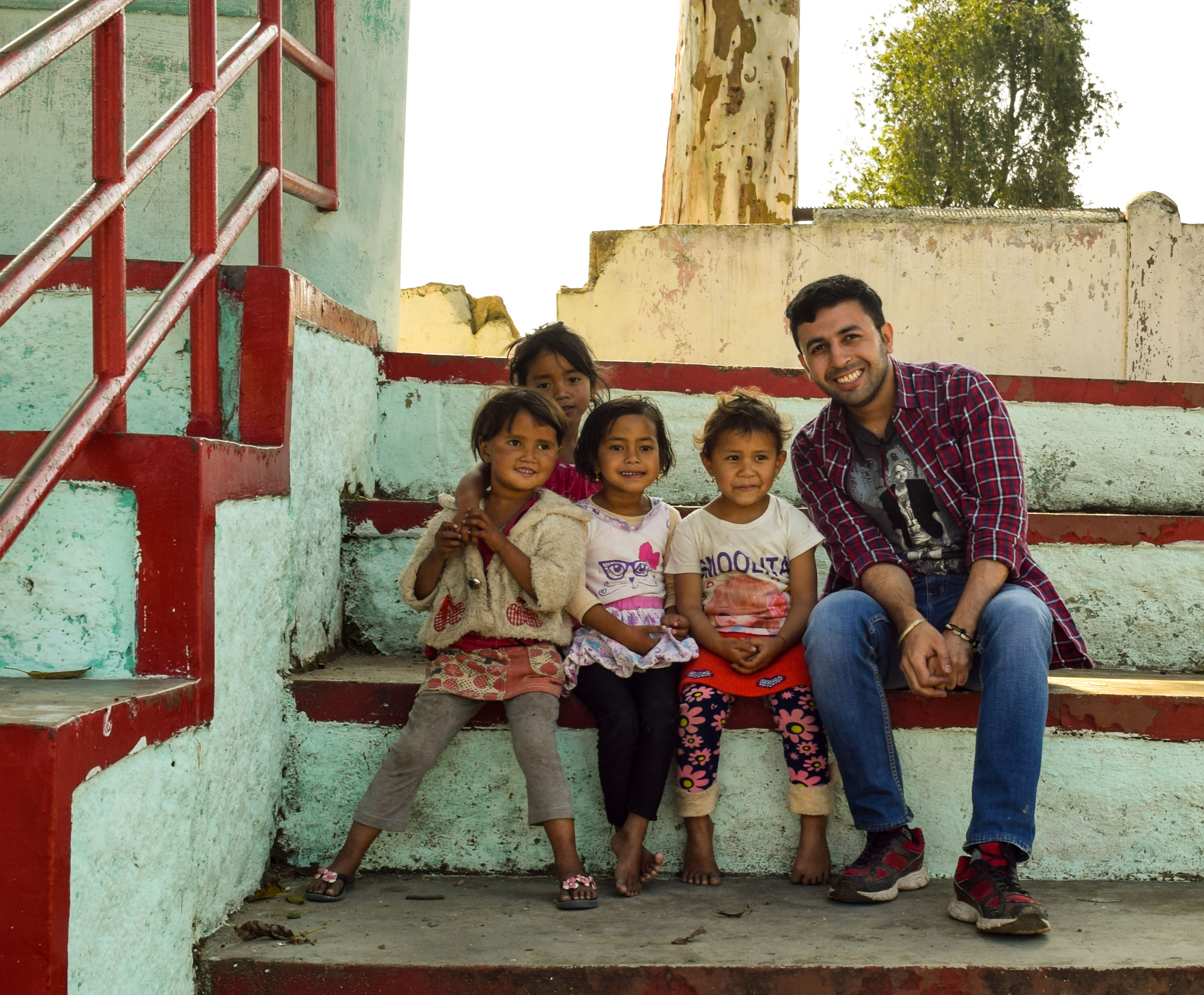
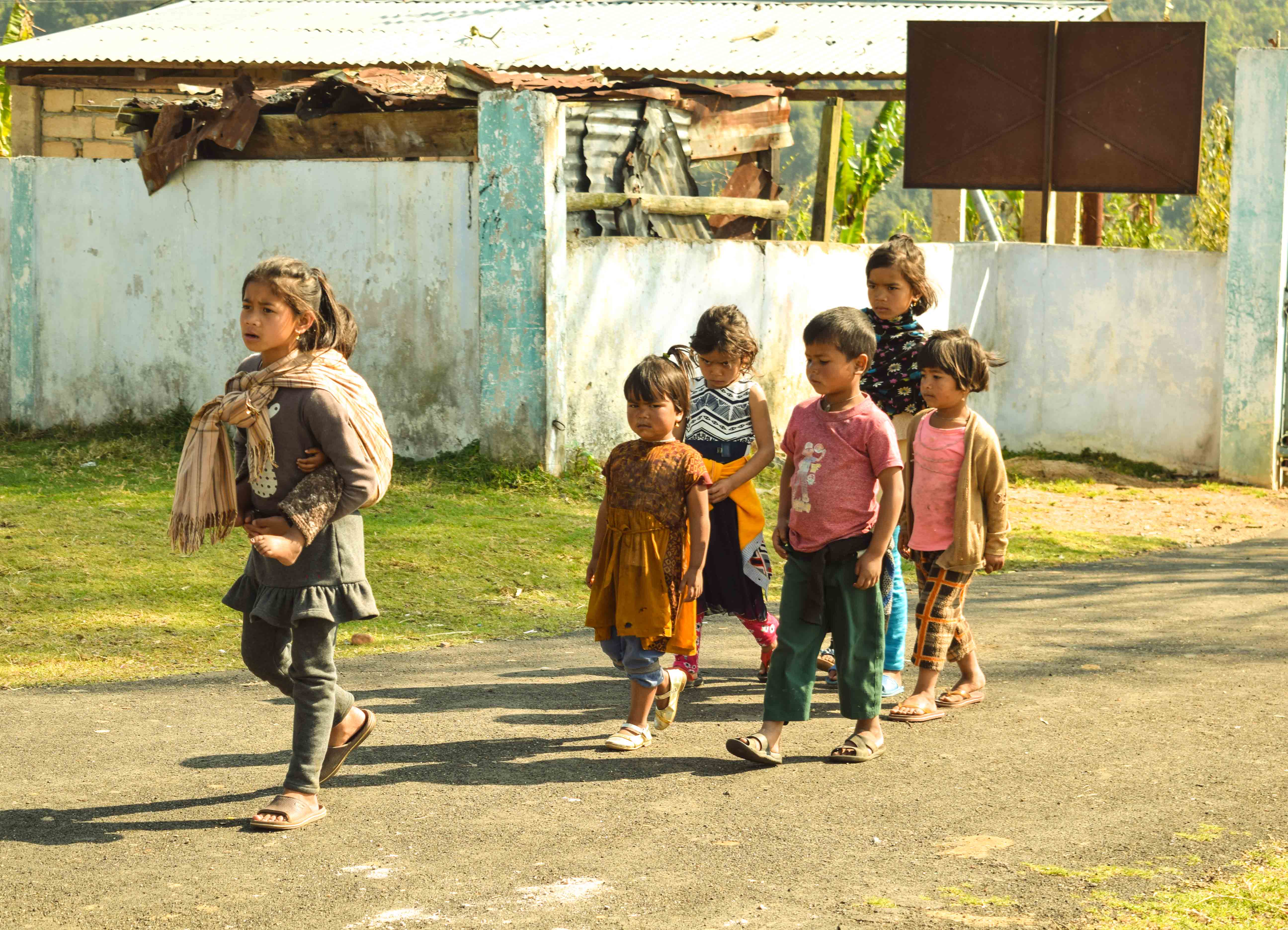
Having taken this share of history and knowing Hinduism in a form I had never known before, I started off back to Shillong. The rolling hills and endless meadows were there to accompany. And many spots where one can stop, cry out their heart to the deep valleys, or just breathe in the roars of the winds, the silence set around you, and the munificence of nature Meghalaya is bestowed with. And as I reached Shillong, the city was drunk in the reverie of the local party that had won the elections. The clamor was so in contrast to the silence of the monoliths. And as they say, secrets that stay for centuries build in the silence, clamour is just a release of the fear lurking within.


